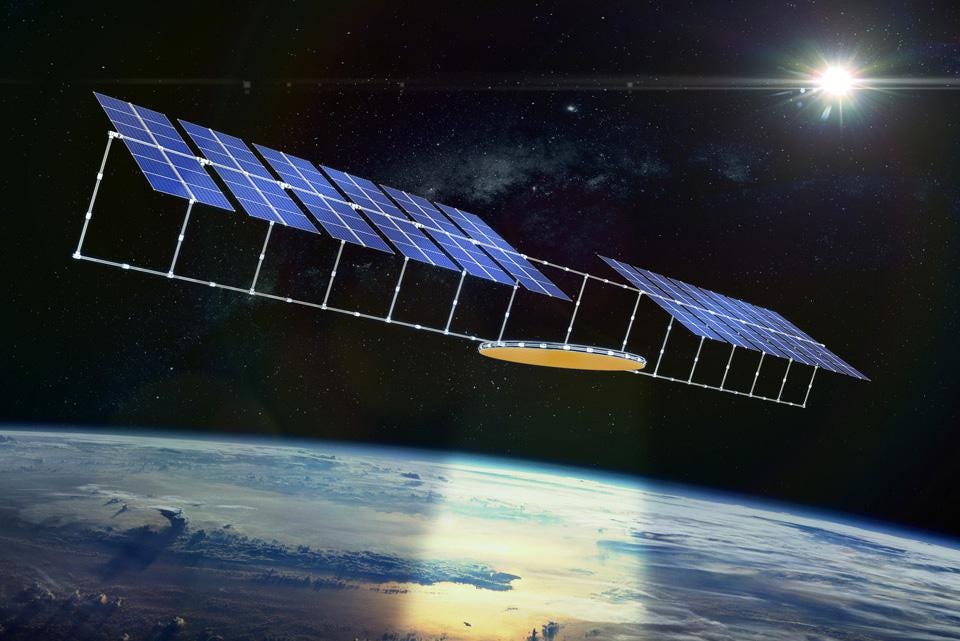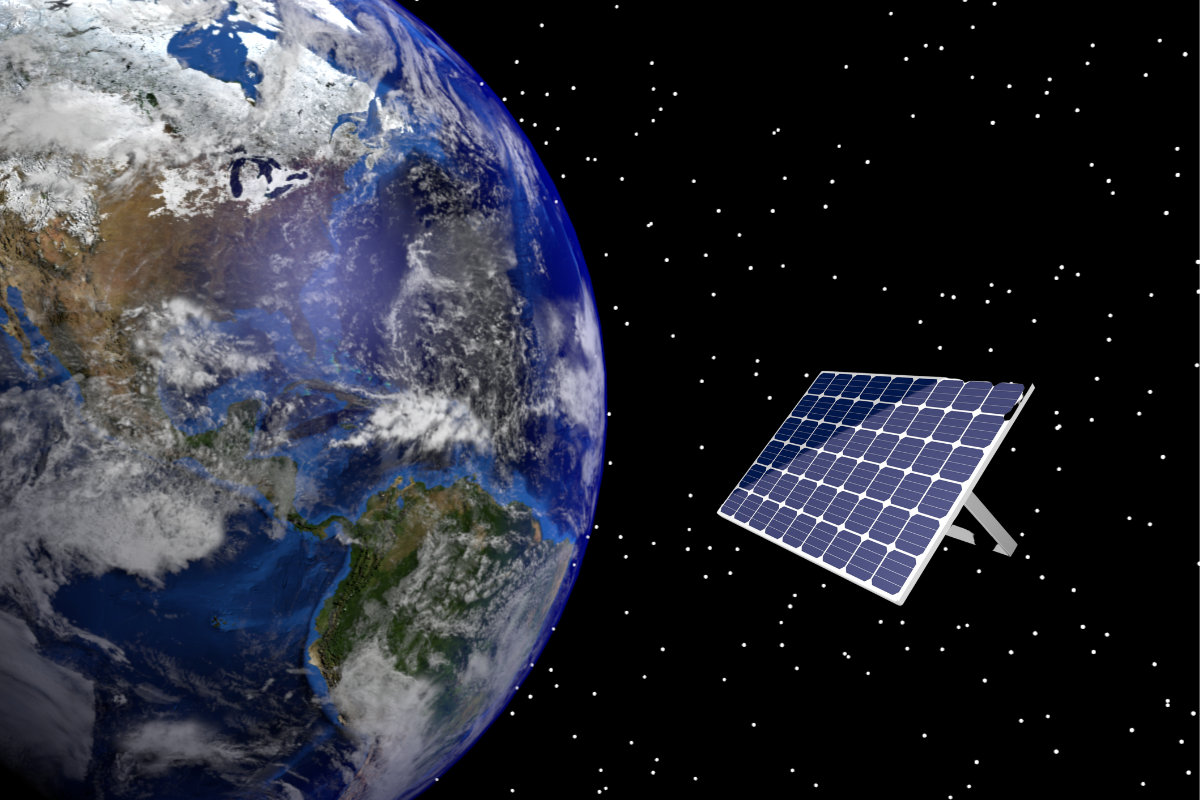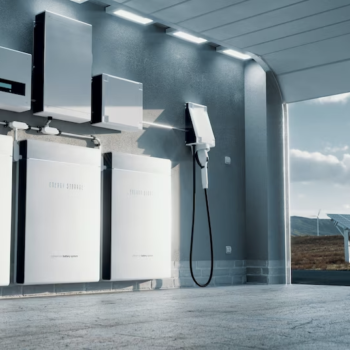|
|
Most people are familiar with the concept of solar panels. They are usually installed on roofs or the ground and convert sunlight into electricity to power homes, businesses, and infrastructure. What if they could get closer to the source? Consider space-based solar power.
Dig deeper → 3 min
How Would It Work?

Many scientists dream of cosmic solar farms that could generate power in space, unburdened by clouds or nighttime darkness, and beam it back to Earth. Although it sounds like sci-fi, we’re closer than ever to making it a reality. Here’s how it would work:
- Multiple rocket launches would transport solar satellites into space, piece by piece.
- These satellites would use mirrors to reflect the sun’s radiation onto smaller solar collectors.
- The solar collectors would then send the energy to Earth through a laser beam or microwave. This would depend on what type of satellite it came from.
- A special type of antenna, known as a rectenna, would receive the energy on the Earth’s surface.
The solar farm would orbit the planet. The challenges of putting solar farms on Earth, such as finding space for them and minimizing land degradation, would be avoided by placing the panels far beyond the planet’s atmosphere.
What Problems Could Solar Farms in Space Solve?
A cosmic solar farm would address the same issues Earth-based solar panels are already solving, such as:
1. Climate Change
Using fossil fuels to generate energy releases greenhouse gases, contributing to climate change that affects life on Earth. The result is heavier flooding in some areas and worse droughts in others, rising tides, and a cascade of adverse ecological effects. In contrast, solar panels produce no emissions contributing to climate change. They’re a form of clean energy.
2. Power Shortages
Many people live in underserved areas without reliable electricity. Solar farms, whether in space or here on Earth, would relieve people living without air conditioning, heating, refrigerators, and other appliances that raise the standard of living.
Solar energy could also power hospitals, electric cars, and the internet in undeveloped regions. It would eliminate the problem of grid overload in more developed areas.
3. Finite Resources
Fossil fuels aren’t going to last forever. By some estimates, the U.S. will run out of dry natural gas in less than 100 years, and coal reserves are expected to disappear faster than that. Alternative energy isn’t just good for the planet — it’s necessary to meet the world’s electricity needs. Solar power will never run out, making it an ideal power source.
Where Does the Technology Currently Stand?
Several countries are already working on space-based solar power (SBSP) technology. China plans to launch an SBSP station by 2035.
The U.S. Naval Research Laboratory launched its first test satellite in 2020. The U.K.’s Space Energy Initiative plans to launch its first space-based power station by the 2040s. In 2022, the European Space Agency stated that it would be launching its own solar satellites under the name Solaris.
Currently, the cost of launching multiple rockets to transport solar farms into space is astronomical, which is the main factor holding the technology back. SBSP will likely take off if space travel costs become less prohibitive.
What Are the Benefits of SBSP?
There are several promising aspects of space-based solar farms, including:
- Microwave solar satellites would provide steady power transmission regardless of atmospheric conditions.
- The panels would always get full sun.
- A single microwave solar satellite would provide enough energy to power a large city.
- The technology is safe.
- Space-based satellites would free up the space that Earth-based solar farms would occupy, which could be used for farming, conservation, or human settlements.
- Similarly, space-based solar farms wouldn’t destroy sensitive ecological habitats.
- Laser solar satellites have a relatively low startup cost.
What Are the Drawbacks?
Even the best technologies have some downsides. Space-based solar farm shortcomings include the following:
- Laser solar satellites are less efficient than microwave satellites, so it would take several of them to make an impact.
- Space debris might hit the panels.
- Satellites are disruptive to astronomy, making it harder to see the stars.
- Putting lasers in space raises safety concerns. Could they be weaponized? Might they hurt people’s eyes?
- Setting up a microwave solar satellite farm would require as many as 100 launches into space. The cost would be exorbitant.
- Repairing space-based solar panels would be difficult because they’re so far away.
- Space is a hostile environment — beyond the atmosphere, solar panels would probably degrade much faster than on Earth.
Despite the potential problems, scientists have enough faith in the technology that numerous countries are working toward sending solar farms into space.
Future Outlook For Solar Farms
The future is looking bright for extraterrestrial solar panels. Although there are several technological and financial barriers to launching a full solar farm into space right now, as costs fall and technology makes great strides forward, SBSP will no longer be relegated to the realm of science fiction.













No Comments